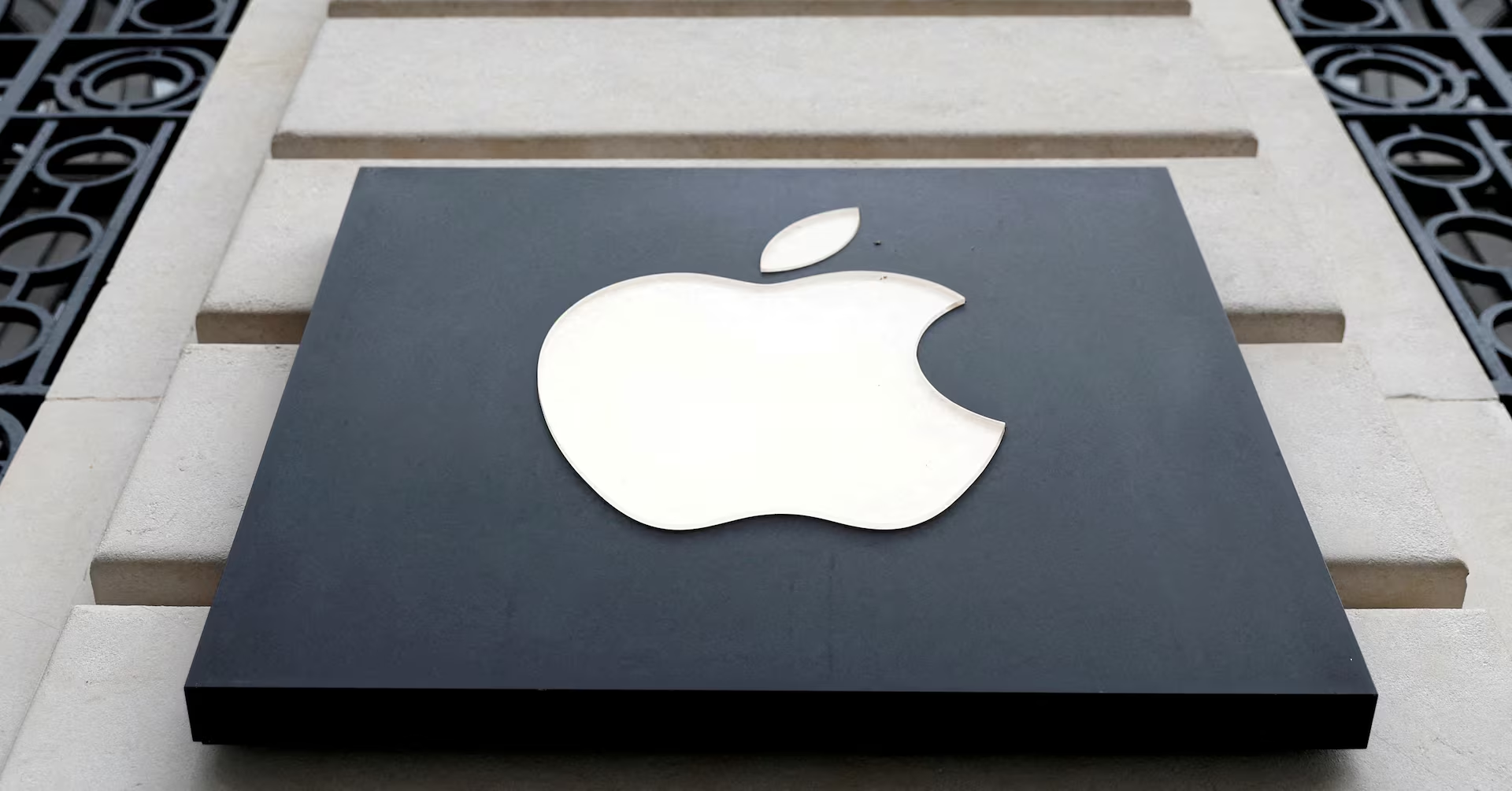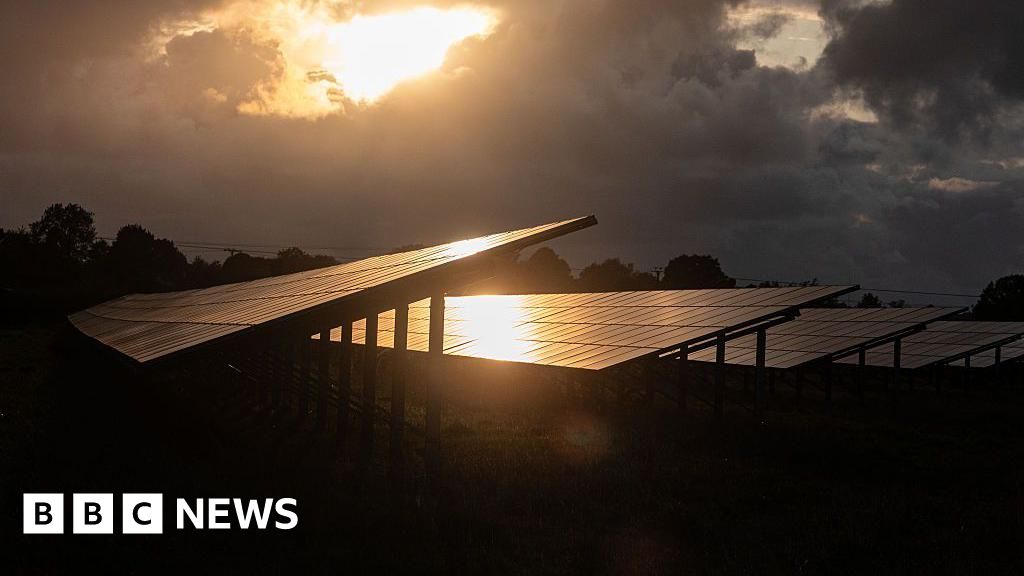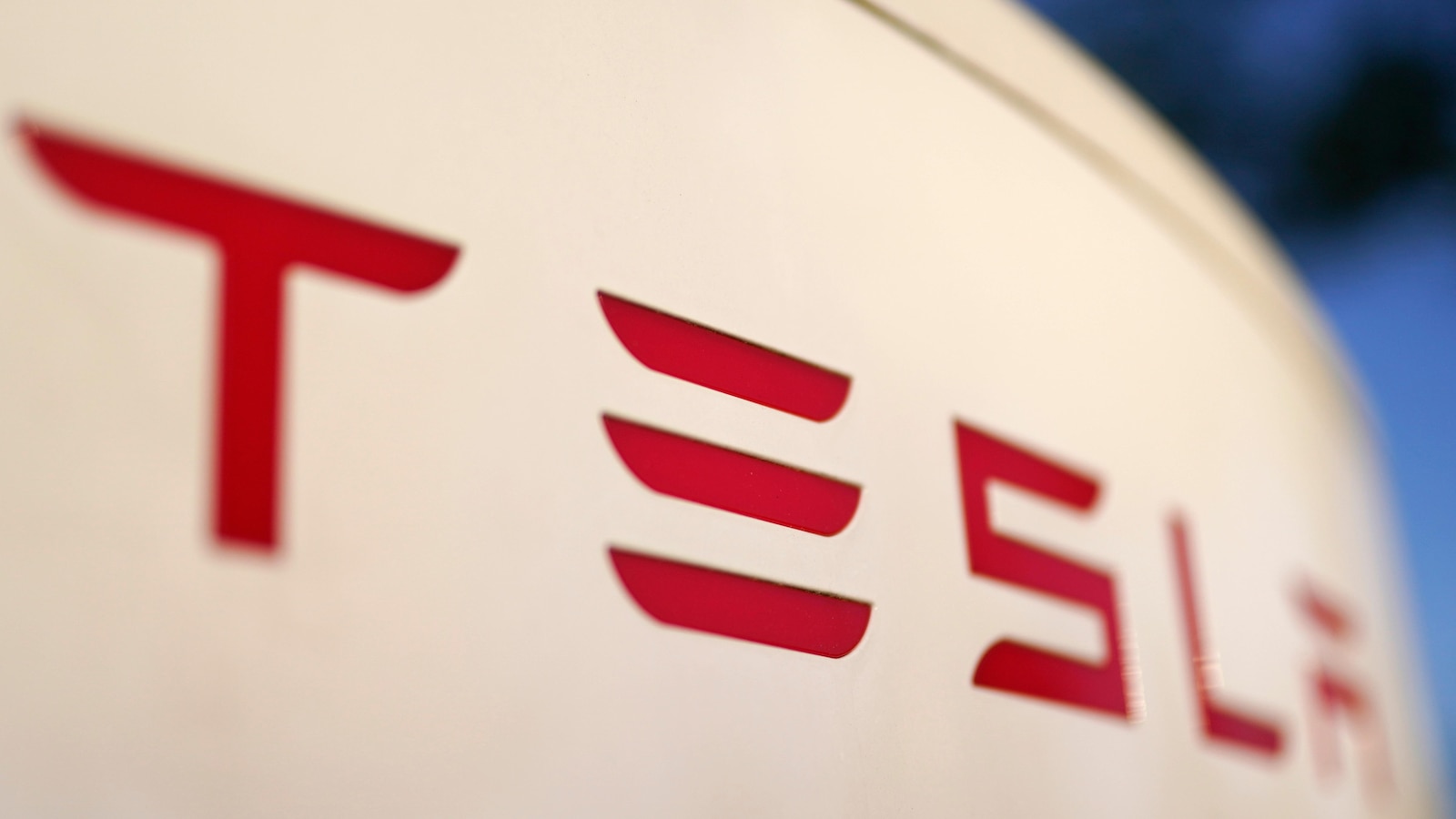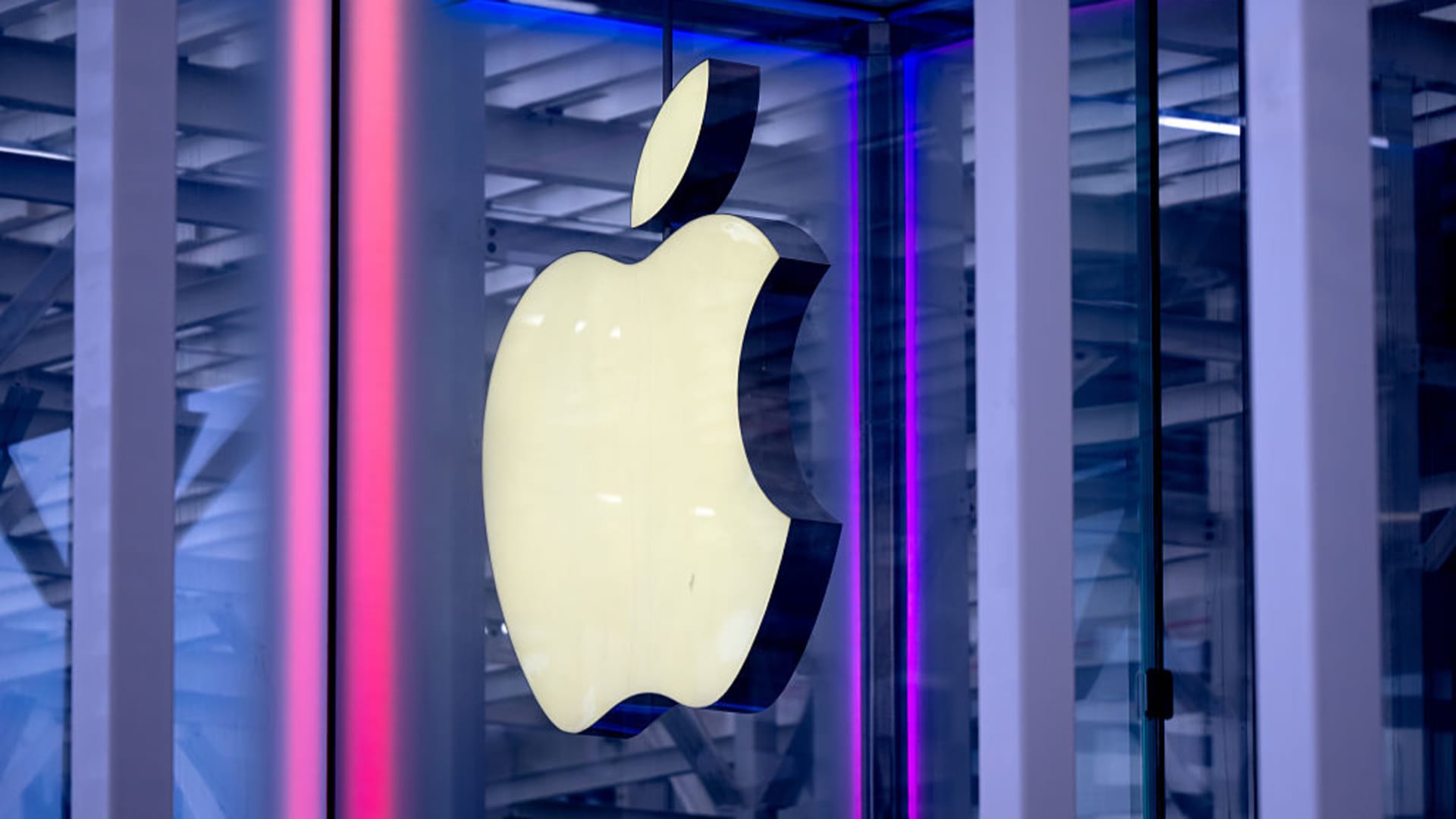By Joseph Adinolfi
A trio of issuers filed with the SEC this month for permission to launch dozens of new leveraged funds, some offering to amplify daily returns of hot stocks like Nvidia by as much as 5 times
Over the past few weeks, at least three ETF issuers sought permission from the SEC to launch new leveraged funds. Some say the prospects push the boundaries of what might be permitted under existing regulations.
Wall Street’s push to launch ever-riskier leveraged exchange-traded funds is picking up steam, as issuers test the boundaries of what is legally permissible in the U.S. with a recent flurry of filings.
Over the past few weeks, at least three ETF issuers – Volatility Shares, ProShares and T-Rex – have sought permission from the Securities and Exchange Commission to launch new leveraged funds. If approved, these products would offer investors the opportunity to magnify daily swings in the Dow Jones Industrial Average DJIA; shares of artificial-intelligence darlings Nvidia Corp. (NVDA) and CoreWeave (CRWV); and cryptocurrencies, including bitcoin (BTCUSD) and XRP, by as much as 5x.
Many of the filings pitched funds that aim to amplify daily moves by 3x. But Volatility Shares has filed for permission to launch at least 21 funds advertising 5x daily swings on a number of individual stocks, cryptocurrencies, stock-market indexes or existing ETFs.
Representatives for Volatility Shares, ProShares and T-Rex all declined to comment on the filings when contacted by MarketWatch.
Since the beginning of October, issuers have filed for permission to launch more than 100 funds targeting 3x or 5x leverage, according to a MarketWatch analysis of securities filings.
Volatility Shares files for 21 5x levered ETFs
Fund name Target Issuer Date of filing
5x AMD ETF Advanced Micro Devices Inc. Volatility Shares 10/14/2025
5x AMZN ETF Amazon.com Inc. Volatility Shares 10/14/2025
5x COIN ETF Coinbase Global Inc. Volatility Shares 10/14/2025
5x CRCL ETF Circle Internet Group Inc. Volatility Shares 10/14/2025
5x GOOGL ETF Alphabet Inc. Class A Volatility Shares 10/14/2025
5x MSTR ETF Strategy Inc. Volatility Shares 10/14/2025
5x NVDA ETF Nvidia Corp. Volatility Shares 10/14/2025
5x PLTR ETF Palantir Technologies Inc. Volatility Shares 10/14/2025
5x TSLA ETF Tesla Inc. Volatility Shares 10/14/2025
5x Bitcoin ETF Bitcoin Volatility Shares 10/14/2025
5x Ether ETF Ethereum Volatility Shares 10/14/2025
5x Solana ETF Solana Volatility Shares 10/14/2025
5x XRP ETF XRP Volatility Shares 10/14/2025
5x GDX ETF VanEck Gold Miners ETF Volatility Shares 10/21/2025
5x GLD ETF SPDR Gold Shares Volatility Shares 10/21/2025
5x MAGS ETF Roundhill Magnificent Seven ETF Volatility Shares 10/21/2025
5x SLV ETF iShares Silver Trust Volatility Shares 10/21/2025
5x SOXQ ETF Invesco PHLX Semiconductor ETF Volatility Shares 10/21/2025
5x SPY ETF SPDR S&P 500 ETF Trust Volatility Shares 10/16/2025
5x QQQ ETF Invesco QQQ Trust Series I Volatility Shares 10/16/2025
5x IWM ETF iShares Russell 2000 ETF Volatility Shares 10/16/2025
Source: SEC
These filings caught the attention of individuals who closely follow the ETF industry. Some questioned whether these products would comply with current SEC regulations or run afoul of the regulator’s restrictions.
That’s because SEC regulations from 2021 include provisions that can effectively limit how much leverage a mutual fund or ETF can achieve using derivatives. The specific rule, known as 18f-4, states that firms must carefully manage how volatile their derivatives holdings might be – inclusive of swaps, futures or written options contracts.
Derivatives holdings are subject to a common risk-management calculation that compares their risk of loss to an underlying benchmark, said Rahul Sen Sharma, president and co-CEO of Indxx, which provides benchmarking services for ETFs that uses derivatives.
“Our understanding of 18f-4 is that it requires a designated reference portfolio to calculate a value at risk amount,” he told MarketWatch. While he called the rule “kind of long and complicated,” he figured it can be satisfied if a benchmark is provided – at least when it comes to 2x single-stock products, which have been approved in the past.
The first single-stock leveraged ETFs to trade in the U.S. launched in 2022, according to data from Morningstar Direct.
Dozens of funds aimed at 3x the daily move in an underlying index were grandfathered in because they launched before the 18f-4 SEC rule was finalized. That includes the ProShares UltraPro QQQ ETF TQQQ, which aims to amplify daily swings in the Nasdaq-100 index NDX. That fund consistently ranks among the most heavily traded by clients of Interactive Brokers Group Inc. (IBKR), according to data shared with MarketWatch.
Of note, in the U.S., no ETF currently trading targets 3x the daily move on an individual stock. A spokesperson for the SEC said the agency isn’t able to respond to many press inquiries due to the ongoing government shutdown.
The higher the targeted leverage, the greater the challenge for getting these funds to pass muster with the SEC, said Dave Nadig, president and head of research at ETF.com and co-author of book titled “A Comprehensive Guide to Exchange-Traded Funds.” However, SEC rules governing derivative-linked volatility could probably be gamed to a certain extent, he said.
Others were more upbeat about the possibility that the SEC could permit the new batch of proposed funds to come to market, including the ones targeting 5x leverage.
A top executive at one ETF issuer, who asked for anonymity because he was not authorized to speak publicly to the press, said he thinks these funds could be allowed under current SEC rules. Ultimately, whether or not they are approved will depend on how deeply opposed the SEC is to allowing these products to come to market, the executive said.
“Remember what happened with spot bitcoin? It wasn’t allowed, everyone filed for it, now it’s huge,” the executive said. In 2024, after a years-long saga, the SEC finally approved ETFs that could hold bitcoin directly.
Booming issuance
Issuance of new ETFs has boomed over the past couple of years as companies gravitated toward increasingly complex products. Funds that use derivatives, either to supercharge daily swings or offer dividend income or downside protection, have proven particularly popular.
Leveraged equity funds are the largest category in the leveraged-fund universe, encompassing 750 funds and $164.37 billion in total assets, according to data from EPFR, an ISI Markets company. The number of existing leveraged equity funds has increased by 40% year to date, and the vast majority of funds in the leveraged-equity category are ETFs.
Firms have also launched 164 leveraged alternative funds, which track cryptocurrencies like bitcoin and commodities like gold. These have accumulated $46 billion in assets, while leveraged bond funds have taken in $7.6 billion across 56 funds, EPFR data showed. These figures include both ETFs and mutual funds.
In the U.S., leveraged funds can be purchased on Robinhood Markets Inc. (HOOD) and other brokerages popular with individual investors, making them particularly popular with amateur speculators, experts said. Professional investors can trade them as well.
European regulators, so far, have demonstrated a higher tolerance than their U.S. counterparts for allowing leveraged products that everyday investors can tap. While some products tied to individual stocks have proven popular, one such fund went bust earlier this month, offering a lesson to investors.
On Oct. 6, the GraniteShares 3x Short AMD Daily ETP was terminated by its issuer after shares of AMD rose by more than 33% intraday, driving the value of the exchange-traded product to zero. This fund was what is known as an inverse fund. Seen as a sibling to leveraged funds, inverse funds aim to profit when the targeted asset or index declines in value. A 33% gain for a given stock would be large enough to wipe out a 3x inverse fund.
In a statement shared with MarketWatch, GraniteShares described the liquidation as a “standard outcome.”
“The closure of a 3x long or short ETF following an extreme price move is a standard outcome in both U.K. and U.S. markets. In this instance, a 33%+ intraday move in AMD triggered the predefined mechanism that results in a 100% loss for a 3x short position, exactly how the product is designed to operate,” a representative for GraniteShares said in a written statement to MarketWatch. Investors who owned the fund ahead of the wipeout lost their entire investment.
Liquidations like that one could follow in the U.S. if any or all of the current crop of filings for single-stock leveraged funds are approved, according to Eric Balchunas, a senior ETF analyst at Bloomberg Intelligence.
Balchunas crunched the numbers and found 350 instances over the past five years where one of 66 stocks included in a filing for a 3x leveraged product swung by 33% or more in a single session. Such a move could be large enough to wipe out a fund aiming to amplify a daily move by 3x in either direction. A drop of just 20% would be enough to push a fund targeting 5x leverage on a single stock to liquidate.
Despite these risks, ETF.com’s Nadig said products targeting 5x leverage on stocks like Nvidia would probably prove popular with investors.
(MORE TO FOLLOW) Dow Jones Newswires
10-23-25 1321ET
Copyright (c) 2025 Dow Jones & Company, Inc.










